Karakoram Wildlife Sanctuary is one of the most picturesque destinations to visit. This sanctuary was established in 1987. The sanctuary is a mixture of many ecosystems ranging from glacial valleys to snow forests. Karakoram Wildlife Sanctuary is known for its beautiful landscape views and rich biodiversity. An array of medicinal plants and other vegetation is found at this place. Diverse species of animals including Snow Leopard, Wild Yak and Himalayan Marmot can be spotted. The sanctuary has a variety of bird species which inhabit the region. Karakoram Wildlife Sanctuary promotes eco-friendly tourism and focuses on the protection of the species and vegetation.
Location
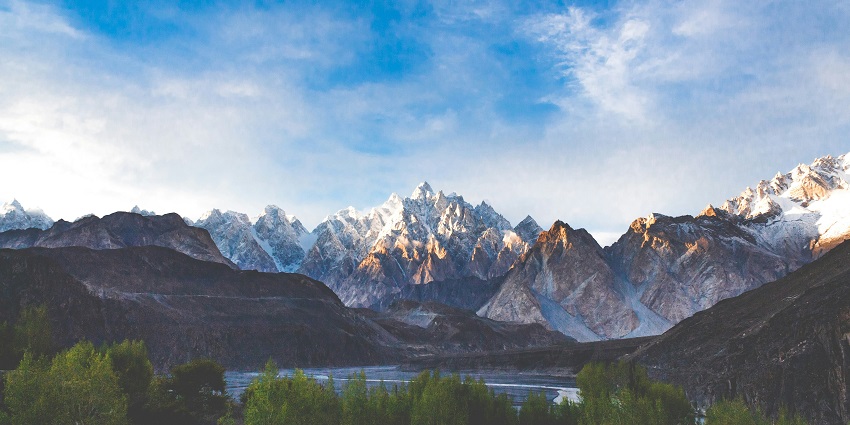
Photo: Umar Farooq / Unsplash / Image For Representation Only
Karakoram Wildlife Sanctuary is in the eastern reaches of the Karakoram Range in India. This range is particularly in the Leh District in the Ladakh Region. Karakoram Wildlife Sanctuary is also known as Karakoram (Nubra Shyok) Wildlife Sanctuary and Karakoram (Siachen Shyok) Wildlife Sanctuary. The sanctuary covers an area of 5000 square kilometres. It is of utmost importance as it is one of the rarest places where the migratory population of Tibetan Antelope resides.
Suggested Read: Changthang Wildlife Sanctuary
How To Reach
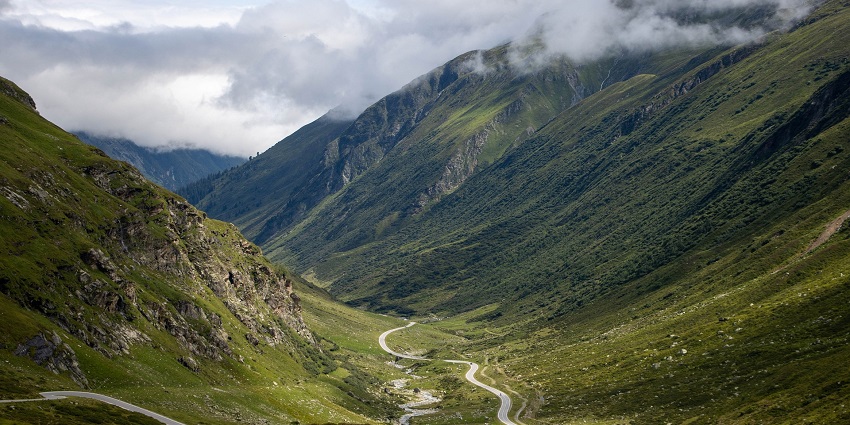
Photo: JPromi / Pixabay / Image For Representation Only
Reaching Karakoram Wildlife Sanctuary is easier than it seems. There are multiple ways to travel to this place which promise a hassle-free experience.
By Air: Those travelling to Karakoram Wildlife Sanctuary by air shall land at the nearest airport of Leh. Kushok Bakula Rimpochee Airport in Leh is just 2.5 kilometres away from the sanctuary. Visitors shall hire a private taxi or take a local bus to the sanctuary.
By Train: Leh does not have a railway station because of its high altitude. Those wanting to travel to Karakoram Wildlife Sanctuary by train shall get down either at Chandigarh Railway Station or Jammu Tawi Railway Station. Visitors shall later hire a private taxi from these places to reach the destination.
By Road: Those travelling to Karakoram Wildlife Sanctuary via road shall take the Leh-Kargil Highway and reach their destination. The roads might be closed due to heavy snowfall in winter so it is recommended to check and consult the local authorities before proceeding.
Places To Visit Near Karakoram Wildlife Sanctuary
There are many interesting places to visit near Karakoram Wildlife Sanctuary. These places are unique in themselves and reflect the rich culture which Leh holds.
1. Leh Market
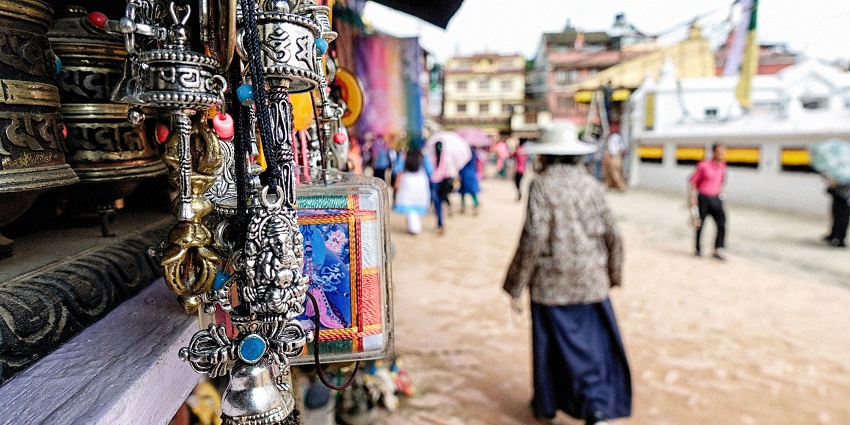
Photo: Rohan Reddy / Unsplash / Image For Representation Only
Leh Market has gained fame as it has a wide collection of artefacts, jewellery and souvenirs. The market is on throughout the year. It is recommended to try the traditional Thukpa at this place which is a part of the local cuisine of the region. There is another great market called the Tibetan Market. Purchasing local handicrafts is one of the most important things to do in Leh. Several local dishes and Ladakhi street food can be tasted at Leh Market too. The markets have an extraordinary collection of Pashmina Shawls. Pashmina is considered the finest type of embroidery.
Distance From Karakoram Wildlife Sanctuary: 2 km
Best Time To Visit: Early Morning to Afternoon
Suggested Read: Shopping In Leh
2. Leh Palace

Photo: Avik / Wikimedia Commons
Leh Palace is very near to Leh Market and can be accessed easily. This place is known as Lachen Palkar Palace among the residents of Leh. Leh Palace is perched on a hill and overlooks the city of Leh. It previously belonged to the royal family of the city. The palace has nine storeys where the upper floors were occupied by the royal family whereas the lower floors had stables, store rooms and guest rooms. Leh Palace has a rich collection of jewellery, clothes, artefacts, crowns, ceremonial crows and attires.
Distance From Karakoram Wildlife Sanctuary: 2.4 km
Timings: 7 AM – 4 PM
3. Zorawar Fort
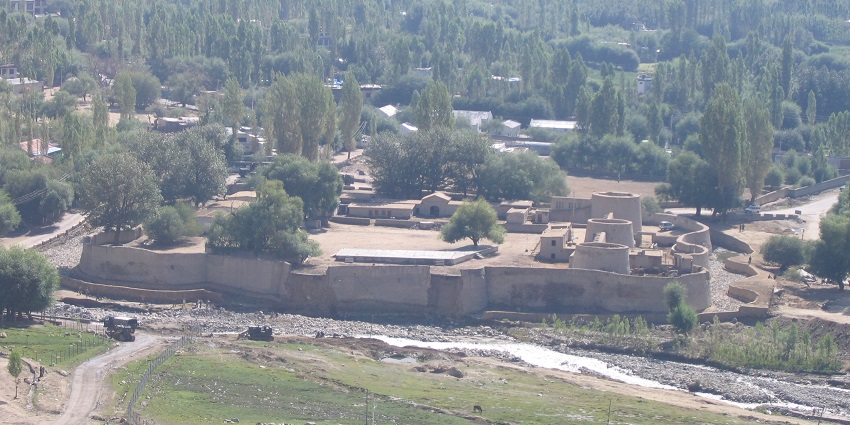
Photo: Deeptrivia / Wikimedia Commons
Zorawar Fort is another fortress close to Karakoram Wildlife Sanctuary. The fortress was built in 1856 for Wazir Zorawar Singh Kahluria who was the military general of Gulab Singh, a Dogra Rajput Ruler. The fort was built to praise his strength, bravery, sincerity and loyalty. There is a museum at the fort which preserves the wealth of the Dogra Dynasty including coins, paintings, postage stamps and attires. The fort is located on Skara Road in Leh. There is a sound and light show at the fort and visitors have to pay a show fee for the same.
Distance From Karakoram Wildlife Sanctuary: 1 km
Timings: 8 AM – 6 PM
Suggested Read: Chiktan Fort
4. Leh City And Glacier Photography Point
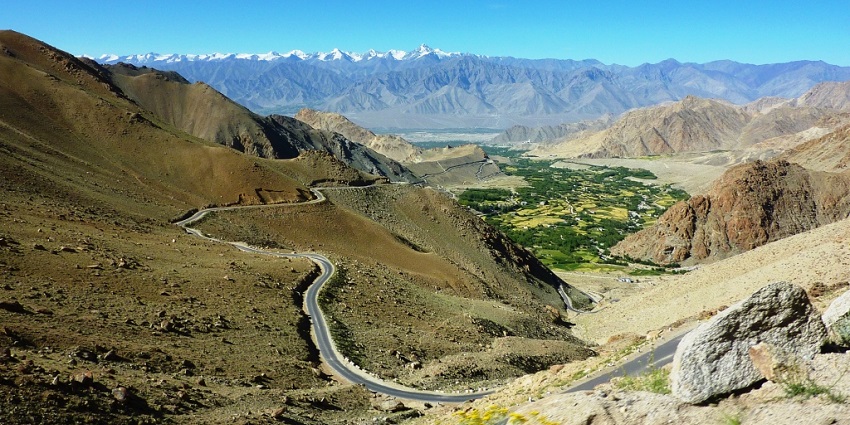
Photo: John Hill / Wikimedia Commons / Image For Representation Only
To witness natural beauty and stunning landscapes, visitors shall travel to Glacier Photography Point. This photography point is located on the Khardung La Road in Leh and offers breathtaking views of the valley. The point overlooks the Leh City. During winter, visitors can spot the glacier. There are pristine ice formations on the surrounding peaks of the mountains too. Bird-watching activity is also performed here and if lucky enough, visitors can spot species like Lammergeier, Himalayan Monal and Tibetan Snowcock. Snow Leopards can be spotted too.
Distance From Karakoram Wildlife Sanctuary: 16.7 km
Best Time To Visit: Early Morning To Afternoon
5. Shanti Stupa
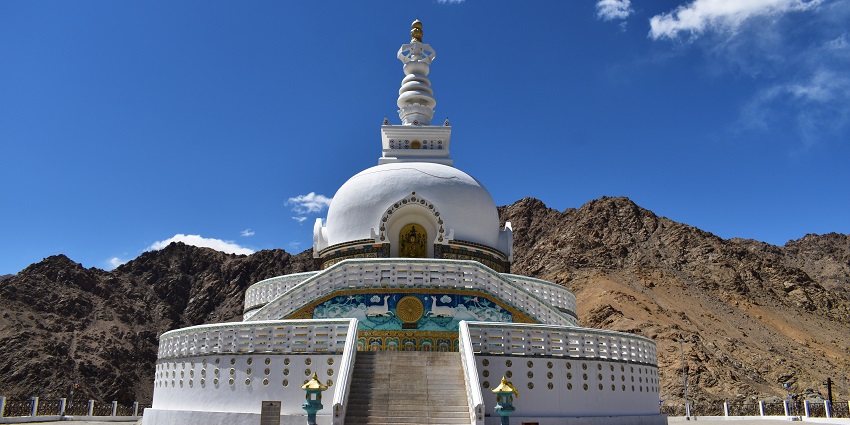
Photo: ClickAR89 / Wikimedia Commons
Shanti Stupa is a Buddhist Temple near Karakoram Wildlife Sanctuary. The place is a white-domed stupa which is situated on a hilltop in Chanspa, Leh at an altitude of 4267 metres. It lies in the proximity of Karakoram Wildlife Sanctuary and can be easily accessed. The stupa was built in 1991 by a Japanese Buddhist Gyomyo Nakamura. From this site, breathtaking views of the surrounding valleys and mountain peaks can be witnessed. Relics of Lord Buddha are displayed here. The stupa has become a tourist spot not only because of the religious importance it holds but also because of the panoramic views it offers
Distance From Karakoram Wildlife Sanctuary: 5 km
Timings: 8 AM – 8 PM
Suggested Read: Discover The Famous Monasteries In Ladakh
6. Turtuk Village
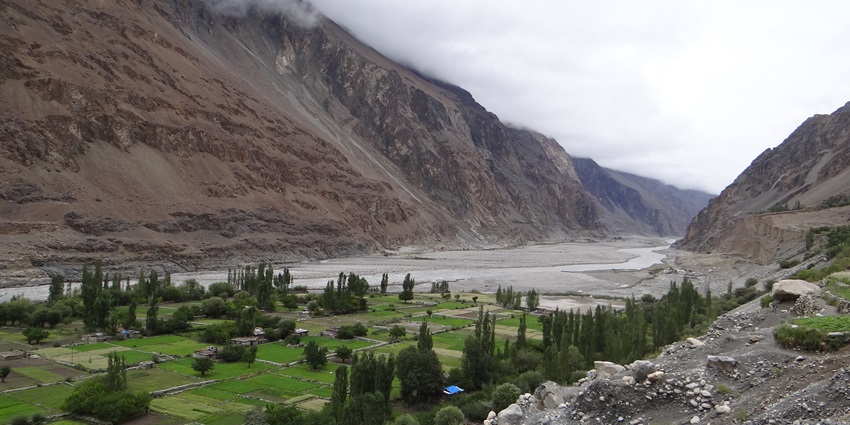
Photo: Rajnish71 / Wikimedia Commons
Turtuk Village, near Karakoram Wildlife Sanctuary location, is a hidden gem in Ladakh’s Nubra Valley. Nestled along the Shyok River, it is one of India’s northernmost inhabited villages, with a unique culture shaped by both Ladakhi and Balti traditions. The village is famous for its blooming apricot orchards and the Balti Heritage House, which showcases traditional artefacts and local history. Visitors can enjoy scenic walks to Turtuk Waterfall, exploring stone paths and orchards. Summer months offer the best climate and access.
Distance From Karakoram Wildlife Sanctuary: Approximately 80 km
Best Time To Visit: May to September
7. Magnetic Hill
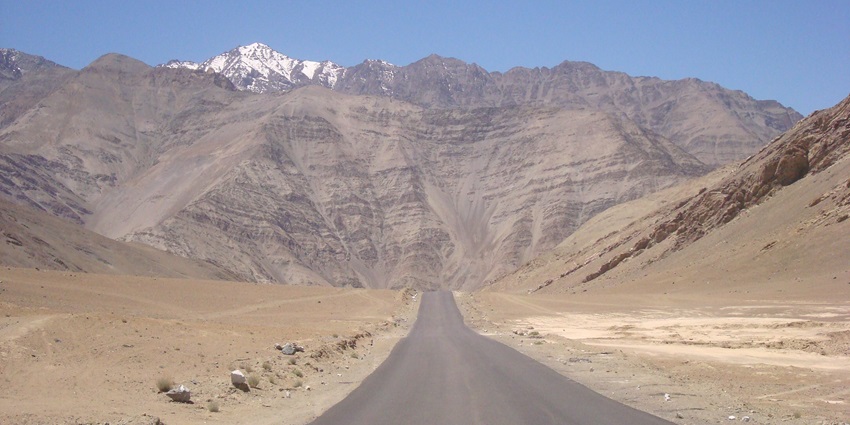
Photo: Debashritaiitmandi / Wikimedia Commons
Magnetic Hill, about 30 km from Leh, is one of the most fascinating places to visit near Leh Ladakh. Here, vehicles appear to roll uphill on their own, thanks to a unique optical illusion created by the surrounding landscape. Set against the towering Himalayas and near the Sindhu River, the barren mountains and winding roads enhance its mystique. The best time to visit is between May and September, when travellers can also explore nearby attractions like Gurudwara Pathar Sahib and the Hall of Fame.
Distance From Karakoram Wildlife Sanctuary: Approximately 150 – 160 km, depending on the specific starting point within the sanctuary
Best Time To Visit: May to September
Suggested Read: Places To Visit In Ladakh
8. Shyok Valley
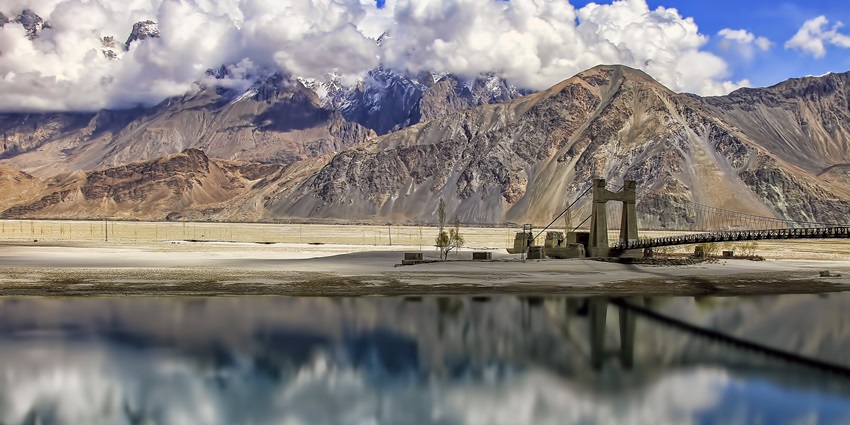
Photo: Tahsin Anwar Ali / Wikimedia Commons
Shyok Valley, high in northern Ladakh, is a serene escape offering stunning Himalayan landscapes. Carved by the Shyok River from the Rimo Glacier, the valley merges with the Nubra River, creating fertile land amid arid terrain. Traditional villages like Diskit and Hunder showcase Ladakhi architecture, with Diskit famous for its towering Maitreya Buddha and Hunder for its white sand dunes and Bactrian camel rides. This tranquil region, ideal to explore from May to September, is a must-visit among the top places to visit in Leh.
Distance From Karakoram Wildlife Sanctuary: Approximately 50 – 60 km north of the Karakoram Wildlife Sanctuary
Best Time To Visit: May to September
9. Thiksey Monastery
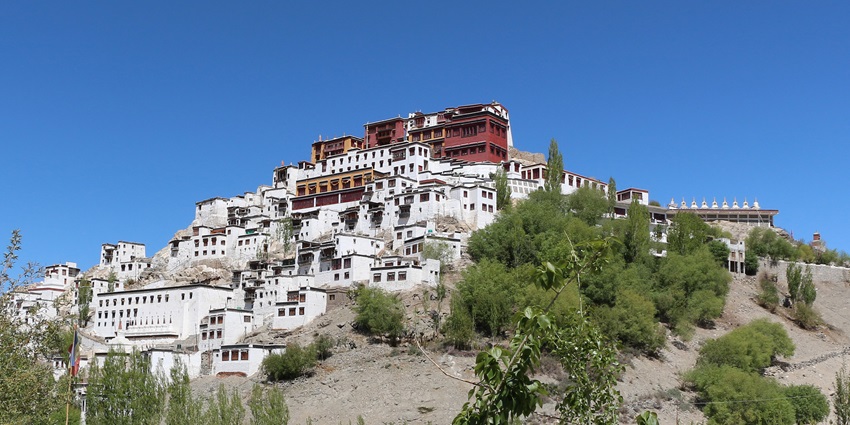
Photo: Bernard Gagnon / Wikimedia Commons
Thiksey Monastery, located 19 km east of Leh, is one of the most impressive Leh monasteries. Built in the 15th century, its design mirrors the famous Potala Palace in Lhasa and features a 15-metre-tall Maitreya Buddha statue spanning two floors. The monastery houses beautiful murals, intricate sculptures, and ancient manuscripts that showcase Ladakh’s rich Buddhist heritage. Visiting during the Gustor festival between October and November offers a vibrant cultural experience.
Distance From Karakoram Wildlife Sanctuary: Approximately 150 – 180 km
Timings: 7 AM – 7 PM
Suggested Read: Hemis Monastery
10. Tso Moriri Lake
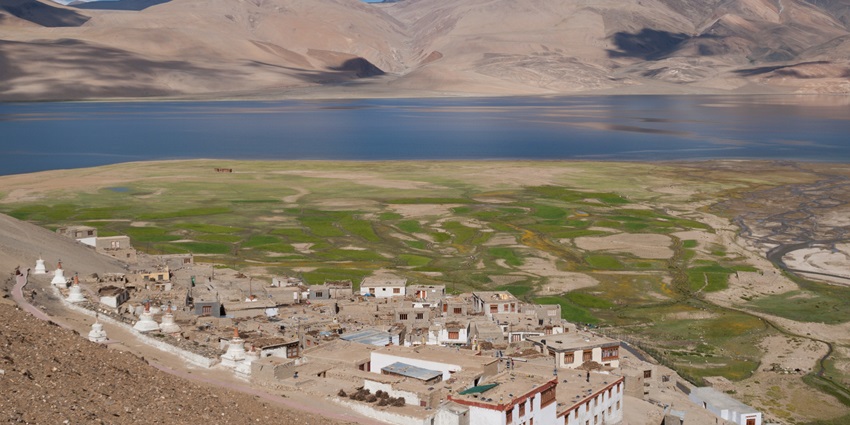
Photo: Rafał Kozubek / Wikimedia Commons
Tso Moriri Lake, tucked away on Ladakh’s Changthang Plateau, is a serene high-altitude retreat for nature lovers. Its deep blue, brackish waters attract rare birds like black-necked cranes, making it a paradise for birdwatchers. Surrounded by snow-capped mountains and wide-open spaces, the lake offers a peaceful escape from city life. The nearby Korzok village allows visitors to experience local culture. The journey requires proper acclimatisation. Among the many things to do in Leh, visiting Tso Moriri is a must for its stunning scenery and tranquility.
Distance From Karakoram Wildlife Sanctuary: Approximately 240 km
Timings: Open 24 hours
Where To Stay
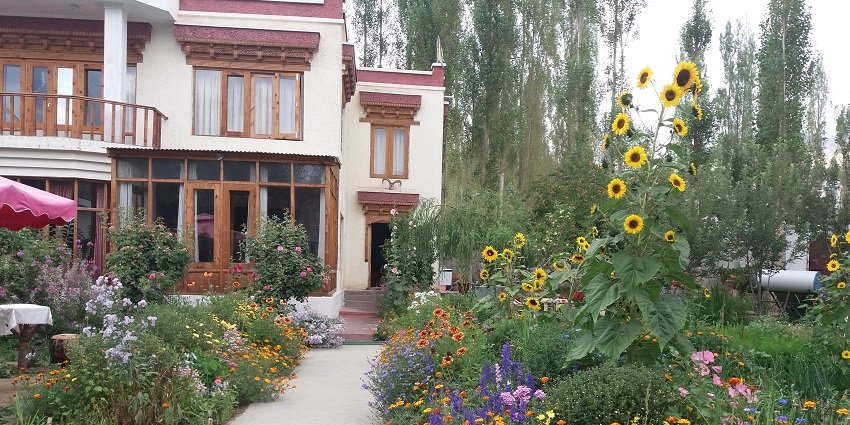
Photo: Yann Forget / Wikimedia Commons / Image For Representation Only
Leh has multiple options to stay including budget-friendly guest houses and exquisite hotels. These guest houses and hotels are very near to the Karakoram Wildlife Sanctuary and can be easily reached. A few of the notable options to stay in Leh include Niri La Ladakh Guest House which is the most chosen one, The Silk Route Ladakh, Crown Himalaya and Da Katong. Some of the exquisite hotel options include The Ladakh Residency, The Bodhi Tree Hotel, Sangalay Palace Leh, Hotel Nalanda Ladakh and Cho Palace. These options suit every traveller’s needs and preferences.
Suggested Read: Famous Lakes In Leh Ladakh
Where To Eat
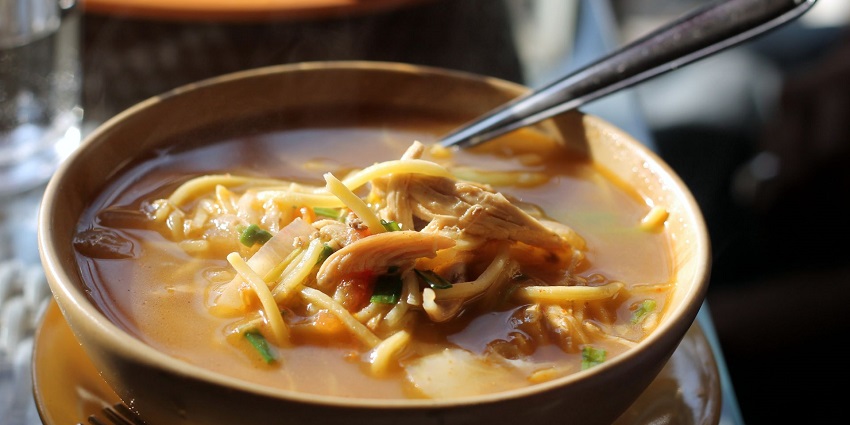
Photo: Arunabha.Goswami / Wikimedia Commons / Image For Representation Only
Restaurants in Leh serve everything from traditional Ladakhi Cuisine to International Cuisine. A few of the restaurants serve Tibetan Cuisine too. Some of the worth visiting restaurants in Leh are The Tibetan Kitchen, Sky Wok Restaurant, Lamayuru Restaurant, Gesmo Restaurant, Tsas by Dolkhar, Salt And Pepper Family Restaurant and The Curry Leaf.
Best Time To Visit
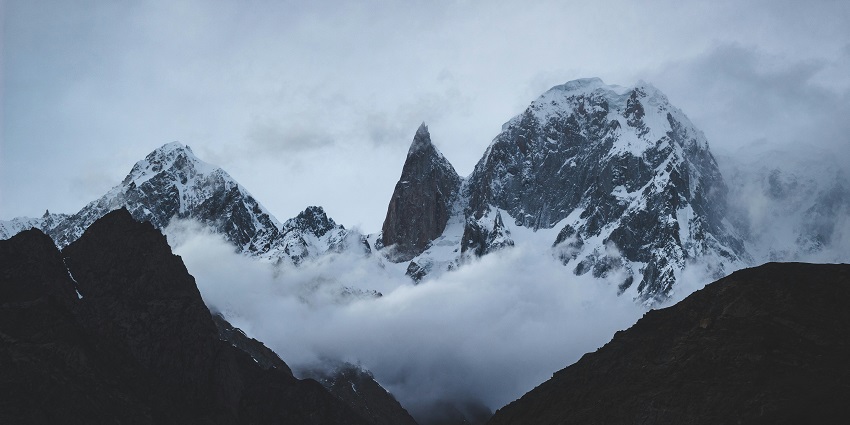
Photo: Umar Farooq / Unsplash / Image For Representation Only
The ideal time to visit Karakoram Wildlife Sanctuary is during the summer months of May to October. The climate during this period is pleasant and mild. There is no snow stuck on the roads and a visit to Karakoram Wildlife Sanctuary is hassle-free. The animals during this are more lively and wildlife spotting is done at its peak. The routes are ideal for trekking and other adventurous activities.
Suggested Read: Enhance Your Vacation With These Things To Do In Ladakh
Other Factors To Consider

Photo: kaboompics / Pixabay / Image For Representation Only
Tips For Travellers
- There are multiple rare and endangered species of medicinal plants in the sanctuary. Visitors shall stay cautious and cause no harm to them.
- There are guided tours available to Karakoram Wildlife Sanctuary. The guides offer you better insights into the species of wildlife and vegetation.
- Have sufficient time for exploring the entire sanctuary. An adequate amount of time might be required to explore the nearby areas too.
Karakoram Wildlife Sanctuary is an interesting destination which promises a unique experience. The place is a blend of different landscapes and rich biodiversity. Karakoram Wildlife Sanctuary is a crucial conservation area and a strict focus has been made to protect the same. The sanctuary also plays an important role in protecting the diverse wildlife and migratory species which inhabit the reason. To have a memorable experience at this place in Leh, book a trip with TripXL.
Cover Photo: MediaEcke / Unsplash / Image For Representation Only


 WhatsApp
WhatsApp
 Twitter
Twitter









